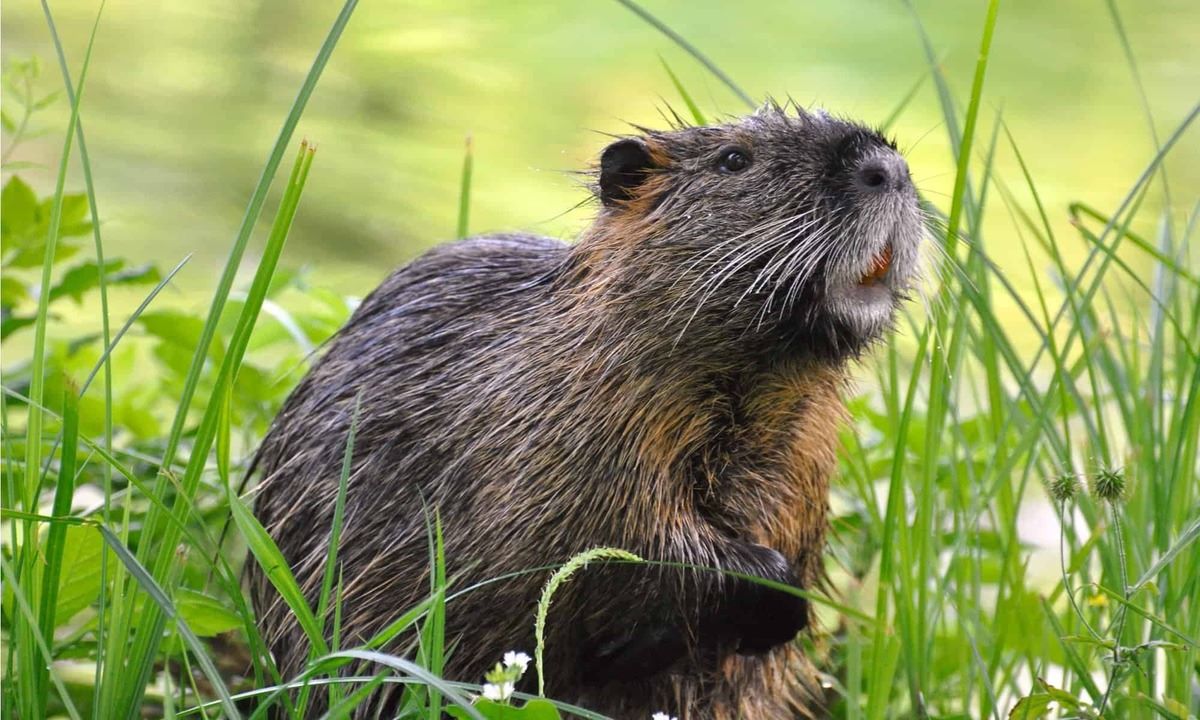
The Heartland of the United States, often referred to as the American Heartland, encompasses the central region of the country and is known for its rich cultural heritage, breathtaking landscapes, and strong sense of community. From the rolling plains of the Midwest to the charming towns nestled in the heart of the country, the Heartland exudes a unique charm that captivates visitors and residents alike. In this article, we will delve into 10 fascinating facts about the Heartland, shedding light on its diverse tapestry of history, traditions, and natural wonders. Whether you're a seasoned traveler or simply curious about this iconic region, these insights will offer a deeper understanding of the Heartland's enduring appeal and significance in the American story. So, let's embark on a captivating journey through the Heartland, uncovering its hidden gems and uncovering the essence of this beloved region.
Key Takeaways:
- The Heartland, also known as the Midwest, is a diverse region encompassing states like Illinois, Iowa, and Wisconsin. It’s known for its agriculture, iconic landmarks, and strong community values.
- The Heartland’s rich heritage, emphasis on education, and outdoor recreation opportunities make it a unique and cherished part of the United States, contributing to the nation’s economy and cultural tapestry.
The Heartland region encompasses which states?
The Heartland region, often referred to as the Midwest, includes states such as Illinois, Indiana, Iowa, Kansas, Michigan, Minnesota, Missouri, Nebraska, North Dakota, Ohio, South Dakota, and Wisconsin. This vast area is known for its agricultural significance, diverse landscapes, and strong sense of community.
What is the significance of agriculture in the Heartland?
Agriculture plays a pivotal role in the Heartland, with the region being a major producer of corn, soybeans, wheat, and livestock. The fertile soil and favorable climate contribute to the area's agricultural prosperity, making it a crucial source of food and resources for the nation and beyond.
What are some iconic landmarks in the Heartland?
The Heartland boasts several iconic landmarks, including the Gateway Arch in St. Louis, Missouri, Mount Rushmore in South Dakota, the Field of Dreams in Iowa, and the Mall of America in Minnesota. These landmarks not only attract tourists but also hold historical and cultural significance for the region.
How does the Heartland celebrate its rich heritage?
The Heartland takes pride in its rich heritage, which is celebrated through various events and festivals. From traditional folk music and dance to local cuisine and crafts, the region honors its cultural roots, allowing residents and visitors alike to immerse themselves in the Heartland's vibrant traditions.
What is the impact of manufacturing in the Heartland?
The Heartland has long been a hub for manufacturing, contributing significantly to the nation's industrial output. Automobiles, machinery, and technology are among the key products manufactured in the region, driving economic growth and fostering innovation.
How does the Heartland embrace community values?
Community values are deeply ingrained in the Heartland, where neighbors support one another and come together for communal activities. This strong sense of unity creates a nurturing environment and fosters enduring relationships within the region.
What role does education play in the Heartland?
The Heartland places a strong emphasis on education, with many renowned universities and research institutions located within its borders. These educational establishments not only contribute to the intellectual growth of the region but also attract students and scholars from around the globe.
How does the Heartland embrace the great outdoors?
The Heartland's diverse landscapes offer ample opportunities for outdoor recreation, including hiking, fishing, and camping. National parks, scenic trails, and expansive lakes provide residents and visitors with a chance to connect with nature and appreciate the region's natural beauty.
What are some traditional dishes associated with the Heartland?
The Heartland is renowned for its delectable traditional dishes, such as Kansas City barbecue, Chicago-style deep-dish pizza, Wisconsin cheese curds, and Minnesota hot dish. These culinary delights reflect the region's culinary heritage and are cherished by locals and food enthusiasts alike.
How does the Heartland contribute to the nation's economy?
The Heartland plays a vital role in the nation's economy, with its agricultural, manufacturing, and technological sectors driving growth and innovation. The region's economic impact extends far beyond its borders, influencing various industries and contributing to the country's overall prosperity.
The Heartland, also known as the Midwest, encompasses a diverse array of states, including Illinois, Indiana, Iowa, Kansas, Michigan, Minnesota, Missouri, Nebraska, North Dakota, Ohio, South Dakota, and Wisconsin. This expansive region holds significant cultural, historical, and economic importance, making it a distinctive and cherished part of the United States.
From its agricultural prominence to its iconic landmarks and rich heritage, the Heartland embodies a unique blend of tradition and innovation. The region's commitment to education, community values, and outdoor pursuits further enhances its appeal, offering residents and visitors a fulfilling and enriching experience. With its contributions to the nation's economy and culinary legacy, the Heartland continues to leave an indelible mark on the fabric of American society.
The Heartland's enduring spirit and unwavering dedication to progress exemplify its pivotal role in shaping the nation's identity and fostering a sense of unity and pride among its inhabitants. As the Heartland continues to evolve and thrive, its impact on the country's cultural tapestry and economic landscape remains steadfast, solidifying its position as a cornerstone of American heritage and prosperity.
Conclusion
In conclusion, the heartland of a country holds immense significance, not only as an agricultural powerhouse but also as a cultural and historical treasure trove. Its vast landscapes, rich heritage, and strong sense of community make it an integral part of the nation's identity. By understanding the heartland's pivotal role in shaping the country's economy and heritage, we gain a deeper appreciation for its contributions to our everyday lives. As we continue to celebrate and preserve the heartland's essence, we honor the resilience and spirit of the people who call it home.
FAQs
What defines the heartland of a country?The heartland of a country is typically characterized by its agricultural prominence, strong community ties, and historical significance. It often represents the core of the nation's cultural identity and plays a vital role in shaping its economy.
How does the heartland contribute to a country's identity?The heartland contributes to a country's identity through its agricultural output, traditional values, and historical heritage. It embodies the essence of the nation's cultural roots and serves as a symbol of resilience and community spirit.
The heartland's vibrant spirit shines through its diverse array of events and entertainment. Music enthusiasts flock to the region's lively festivals, celebrating the best of country, rock, and more. Film buffs find their haven at acclaimed cinematic gatherings, showcasing independent and thought-provoking works. For those seeking a thrilling challenge, the heartland's competitive poker scene draws players from far and wide. Immerse yourself in the rich tapestry of the heartland's cultural offerings and experience the passion that pulses through its veins.
Was this page helpful?
Our commitment to delivering trustworthy and engaging content is at the heart of what we do. Each fact on our site is contributed by real users like you, bringing a wealth of diverse insights and information. To ensure the highest standards of accuracy and reliability, our dedicated editors meticulously review each submission. This process guarantees that the facts we share are not only fascinating but also credible. Trust in our commitment to quality and authenticity as you explore and learn with us.


